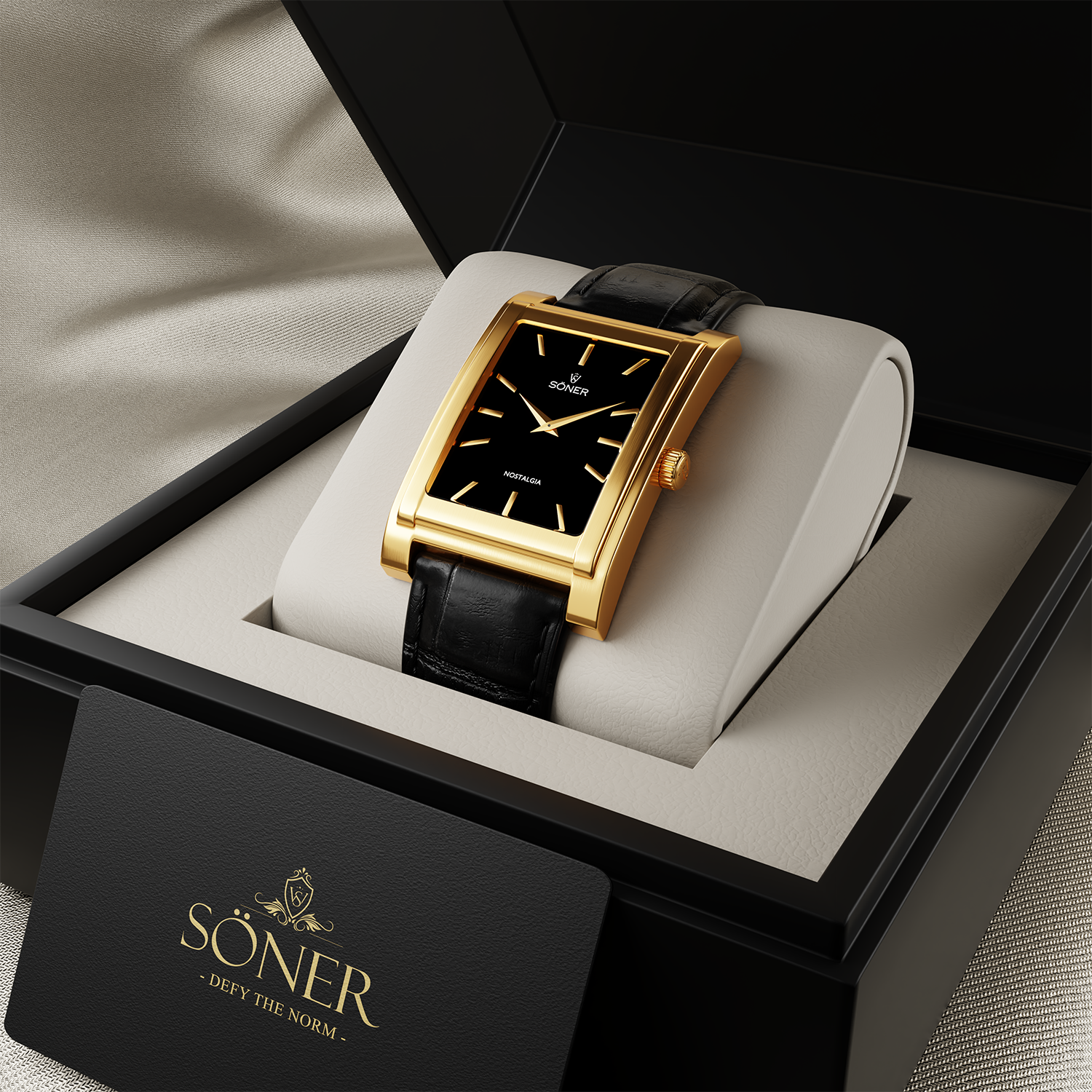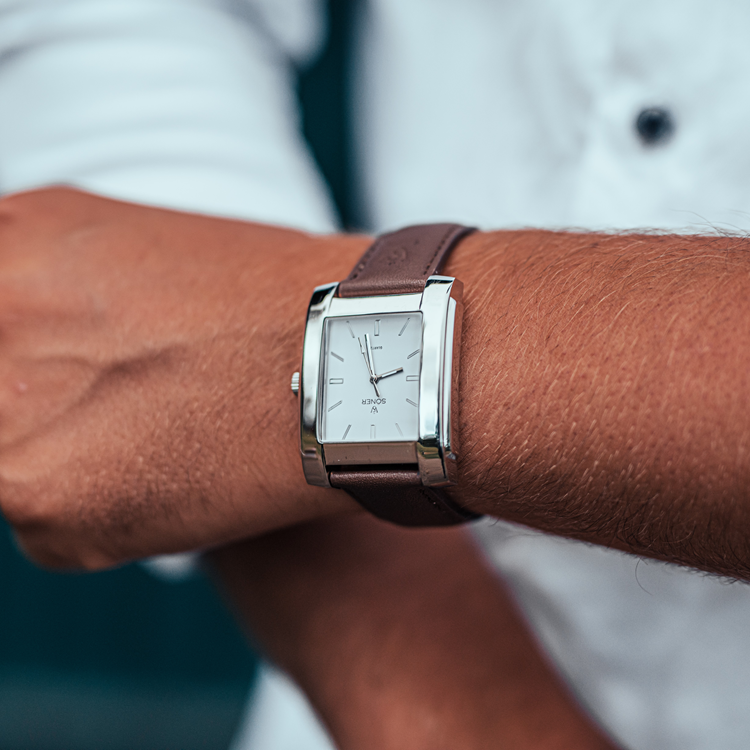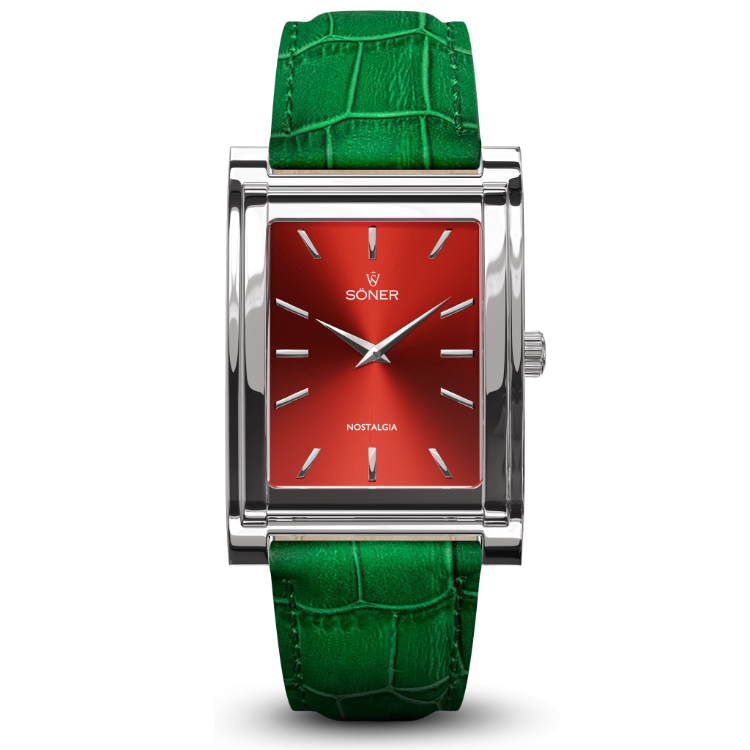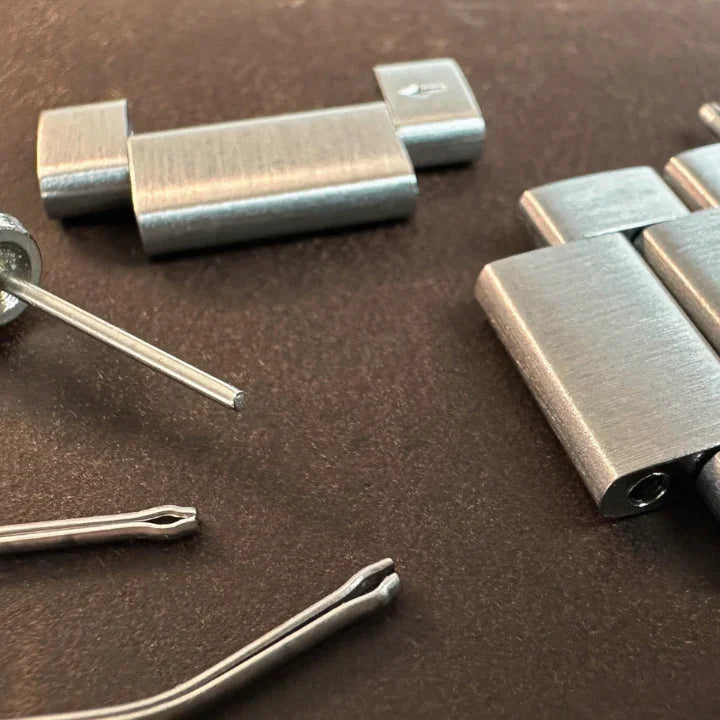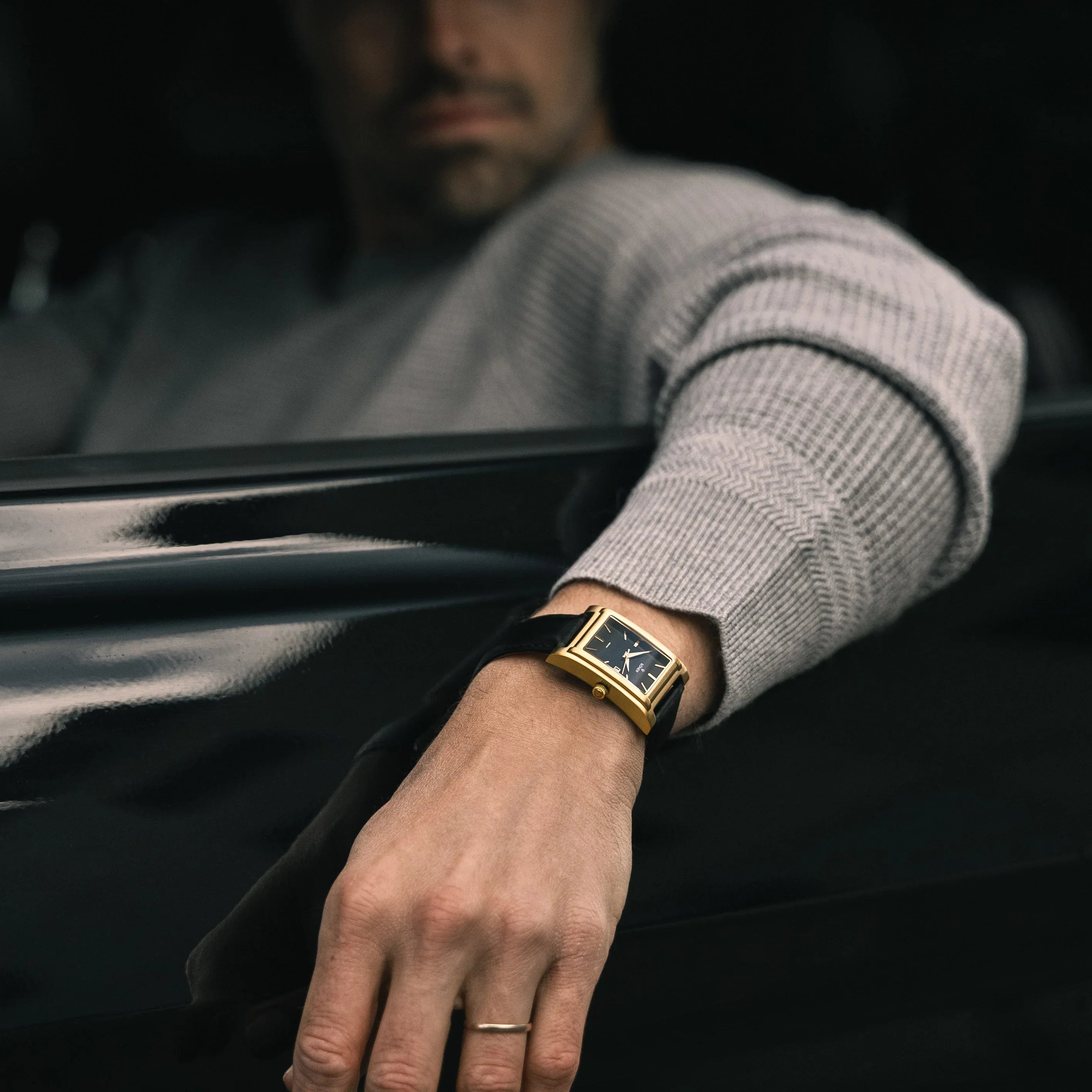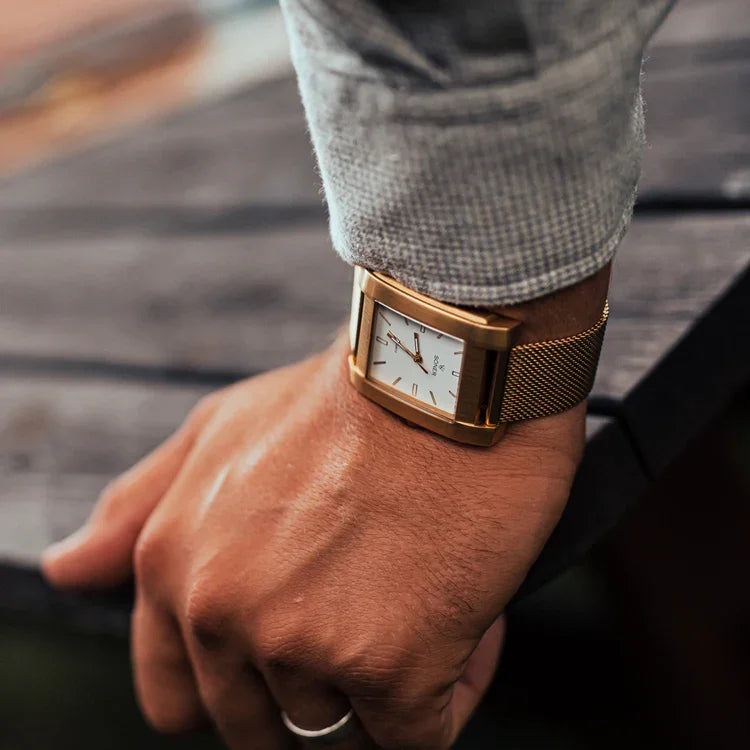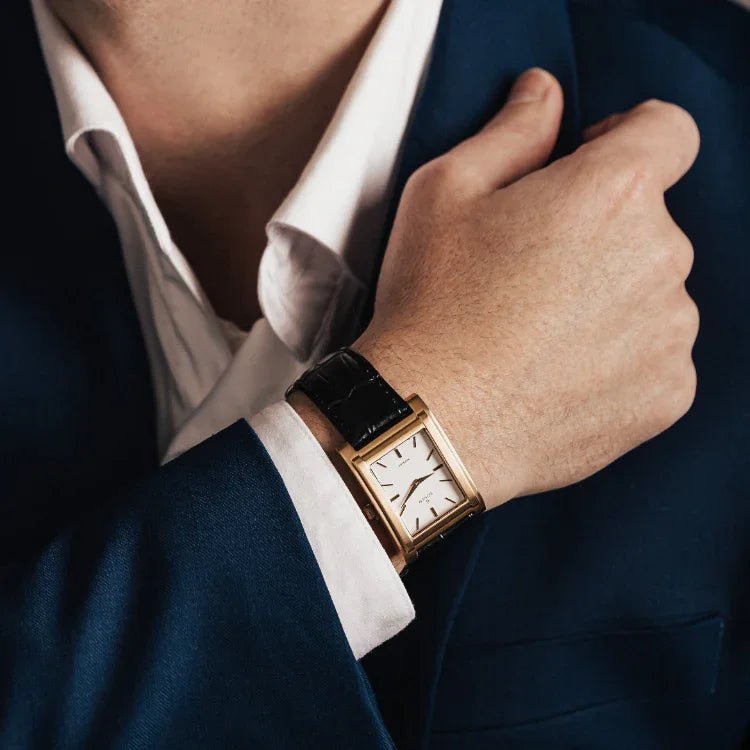Table of Contents
What Complication" in Horology
In the world of horology, a "complication" refers to any feature of a watch that goes beyond the basic function of telling time. These additional mechanisms showcase the artistry and engineering prowess of watchmakers, adding functionality and aesthetic value to timepieces. This article dives into the concept of watch complications, exploring their significance and providing examples of some of the most fascinating and sought-after complications in horology.
Understanding Watch Complications
At its core, a complication is an additional function built into a watch's movement that performs a task other than simply displaying the hours, minutes, and seconds. Complications range from practical features like date displays to highly complex mechanisms such as perpetual calendars and minute repeaters. They are a testament to the skill and creativity of watchmakers, elevating watches from simple tools to works of art.
Examples of Watch Complications
1. Chronograph
The chronograph is one of the most popular and widely recognized complications.
- Function: Acts as a stopwatch, allowing users to measure elapsed time with pushers on the side of the case.
- Applications: Commonly used in sports, aviation, and automotive industries.
- Features: Subdials often display seconds, minutes, and hours, depending on the complexity of the chronograph.

2. Moon Phase
The moon phase complication displays the current phase of the moon as seen from Earth.
- Function: Tracks the lunar cycle, typically displayed on a small subdial or aperture.
- Aesthetic Appeal: Often adds an artistic element to the watch, with detailed and colorful depictions of the moon and stars.
- Best for: Those who appreciate celestial designs and romantic symbolism.
3. Perpetual Calendar
The perpetual calendar is a highly complex complication that accounts for varying month lengths and leap years.
- Function: Displays the day, date, month, and sometimes the year without requiring manual adjustments, even during leap years.
- Complexity: Requires intricate engineering and precise adjustments during assembly.
- Best for: Collectors and enthusiasts who value technical brilliance.

4. Tourbillon
The tourbillon is a mechanism designed to counteract the effects of gravity on a watch's accuracy.
- Function: A rotating cage houses the escapement and balance wheel, improving accuracy in different positions.
- Symbol of Prestige: Often considered a hallmark of luxury due to its complexity and aesthetic appeal.
- Best for: Those who appreciate high horology and the artistry of fine watchmaking.
5. Minute Repeater
The minute repeater is a complication that audibly chimes the time on demand.
- Function: Strikes the hours, quarters, and minutes with distinct chimes.
- Historical Importance: Originated in an era before electric lighting, allowing users to tell time in the dark.
- Best for: Collectors of rare and historically significant timepieces.
Why Complications Matter
Complications are not just practical features; they represent the innovation and dedication of watchmakers. Each complication adds layers of complexity, requiring meticulous craftsmanship and attention to detail. Watches with multiple complications, known as "grand complications," are particularly prized by collectors for their rarity and ingenuity.
Choosing the Right Complication
Your choice of complication should align with your lifestyle, preferences, and appreciation for horological artistry.
- Practical Users: Complications like date displays or chronographs offer everyday utility.
- Romantic Souls: Moon phases or minute repeaters add an element of charm and artistry.
- Collectors: Look for high-end complications like perpetual calendars or tourbillons that showcase technical mastery.





